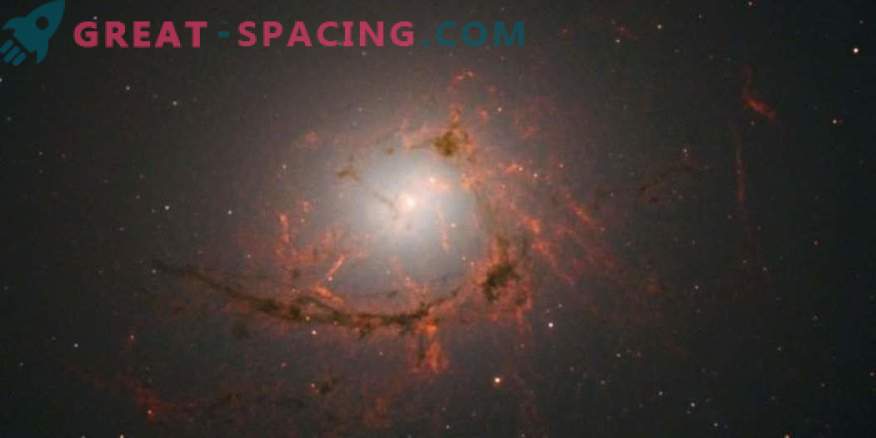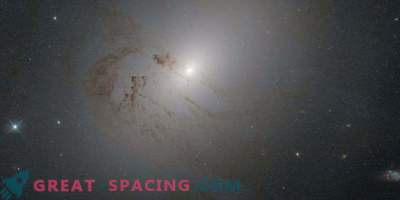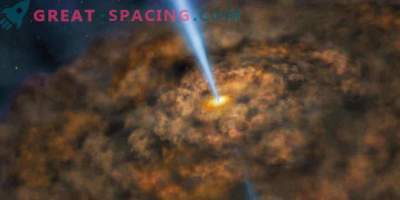
NGC 4696 is one of the brightest known galaxies in the universe. The Hubble Space Telescope managed to bring its mysterious dusty curls closer.
Hubble is an expert on visualization of distant galaxies, highlighting their mysterious features. In the case of a particular elliptical galaxy, located about 100 million light-years, Hubble revealed a riddle and a possible mechanism for why some galaxies look so old.
NGC 4696 has huge clouds of dust and gas spiraling through the structure to the galactic core. But this material is not used to form stars. In fact, the object is filled with ancient stars. The researchers plan to use this amazing example to find out why there are so many such massive galaxies.
NGC 4696 occupies a huge cluster of Centaurus galaxies, which consist of hundreds of galaxies connected by gravity. Although the cluster is large, NGC 4696 stands out from the crowd. It is so bright that it was called the “Brightest Cluster of the Galaxy”. It is known that there is an active core occupied by a supermassive black hole that swallows these beautiful spiraling curls. These dusty structures stretch 200 light-years wide and are all connected, creating a conveyor belt of material flowing into a black hole. It heats everything that enters in a spiral, exploding the superheated gases from the core, which forms the dust formations observed by Hubble.
Central supermassive black holes, which are known to live in the nuclei of the vast majority of galaxies, play a significant role in regulating the amount of star formation.
It seems that in NGC 4696 the core physically forms the structure of these dusty curls. An international team of astronomers led by researchers from the University of Cambridge suspect that powerful magnetic fields cut into the structure in such a way that they drive dust through a funnel into a black hole. But the latter acts as an engine, flashing from a large amount of energy and the overwhelming formation of stars.











































